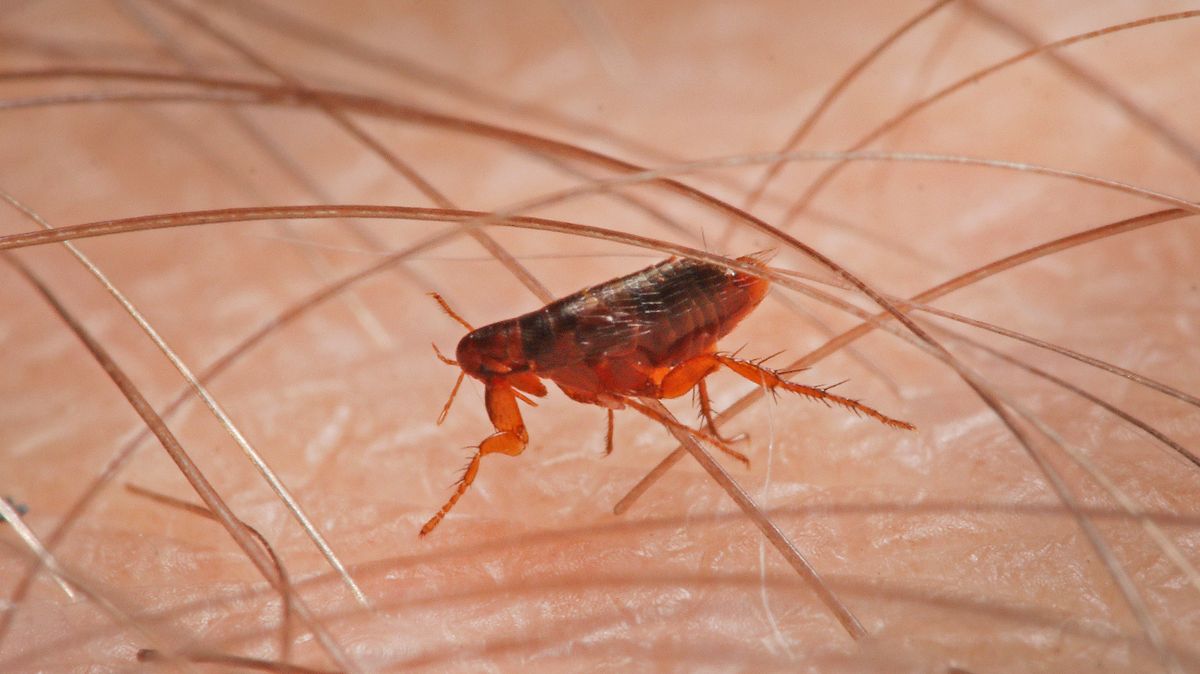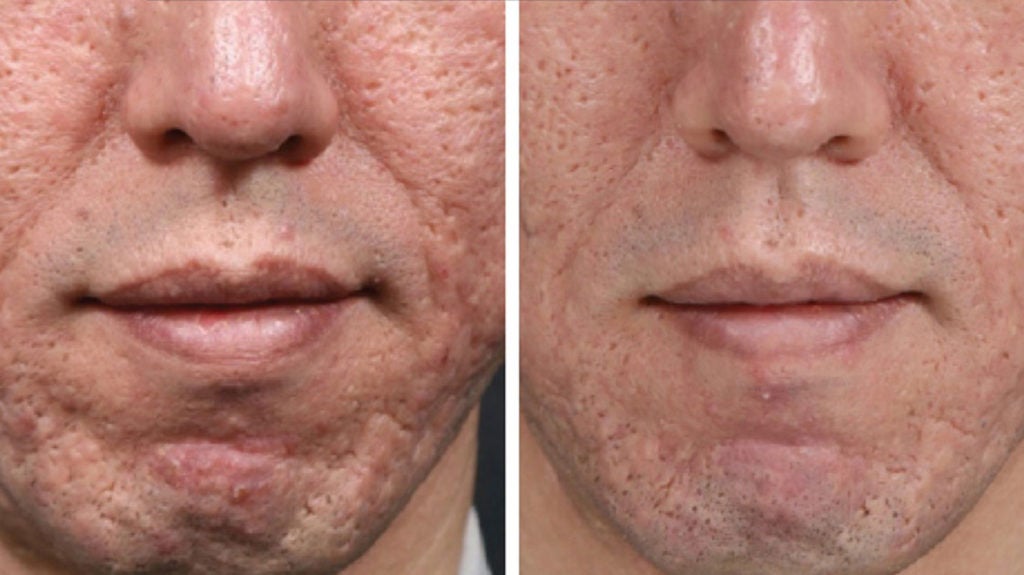How to Get Rid of Fleas

The flea is a tiny, flightless insect that lives on and off mammals. It is a member of the Siphonaptera order, which includes over 2,500 species. Fleas feed by eating the blood of their host animals. These insects can be found in almost every environment. They can even infest human homes.
Life cycle
The life cycle of a flea consists of four stages: egg, larva, pupa, and adult. Flea eggs are tiny, pearly white ovals. Larvae feed on organic debris such as dried blood, skin, and excrement. Pupae feed on the same material. After feeding, fleas produce fecal matter necessary for their successful metamorphosis.
Flea eggs develop over two days to a few weeks. They hatch when environmental conditions are just right. Cold and dry climates can delay the hatching of eggs. Warm and humid environments will make them hatch more quickly. After the eggs hatch, the flea larvae emerge. These larvae are blind, avoid light, and feed on organic debris and predigested blood.
Bite
Fleas are small, wingless insects that live on humans, livestock, and pets. They can spread deadly diseases like bubonic plague, murine typhus, and tapeworm larvae. Cats and dogs, in particular, are often infested with fleas. The bite of a flea is a painful experience. The affected area may be covered with a red lump within half an hour. A blister or small wound may also accompany it.
The symptoms of a flea bite are similar to those of other types of allergies. Intense itching, small red bumps, and burrows may be present. Similarly, chigger bites may have a thin, wavy line on the skin. If you suspect a flea bite, you should visit your doctor or dermatologist for further treatment. Antihistamines, available over the counter, can help alleviate the itching and discomfort.
Infestation
An infestation of fleas can lead to some problems for homeowners. First of all, fleas need to be removed from your home. You can begin by washing your pet's bedding and other items in hot water to kill flea eggs. You should also vacuum the floors and soft surfaces of your home. You should mop your floors with a damp mop if your floors are hard. It would be best if you also dispose of all debris from your vacuum cleaner outside of your home. The debris in your vacuum bag may contain flea eggs and live fleas.
After you've treated your dog with flea control products, it's time to treat your home and yard. Luckily, there are now medications available that can help control flea populations. These medications kill adult fleas, as well as their eggs and larvae. However, you should not just focus on killing adult fleas, as this may only lead to new infestations.
Prevention
Prevention of fleas is essential in keeping your home and pets free of these pests. Fleas can be picked up from other pets and kennels, as well as during travel and yard work. In addition, wildlife can seed fleas in outdoor environments, making it necessary to treat your pet regularly. Fortunately, there are several ways to treat your home and pets effectively.
Flea treatments should target all possible flea breeding areas. This includes bedding, carpets, and furniture cushions. Using flea treatments will help to eliminate the infestation within three to four months. If fleas are present for longer than this period, you may need to retreat to the premises. In such cases, it is best to seek professional help from a pest control service.
Control
Some products on the market control fleas, but one of the most effective is an outdoor spray. These can be applied to areas where pets congregate, including lawns and turf. Before applying the spray, you should thoroughly vacuum the area. Afterward, use a hand-held sprayer to spray the entire area.
Fleas begin their life cycle as larvae, usually white or semi-translucent. The larvae spend one to three weeks in protective areas and feed on organic matter. After about a week or two, they develop into adult fleas and then search for a new host. The adult flea lives for about two months or a year before it lays its eggs.



